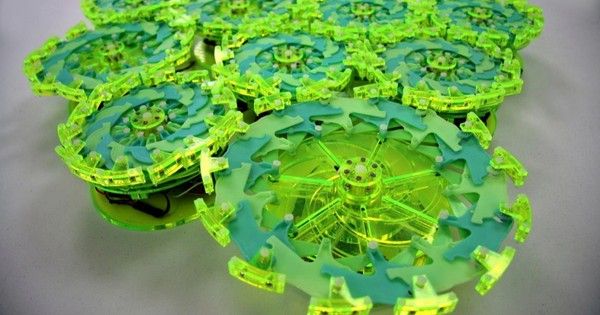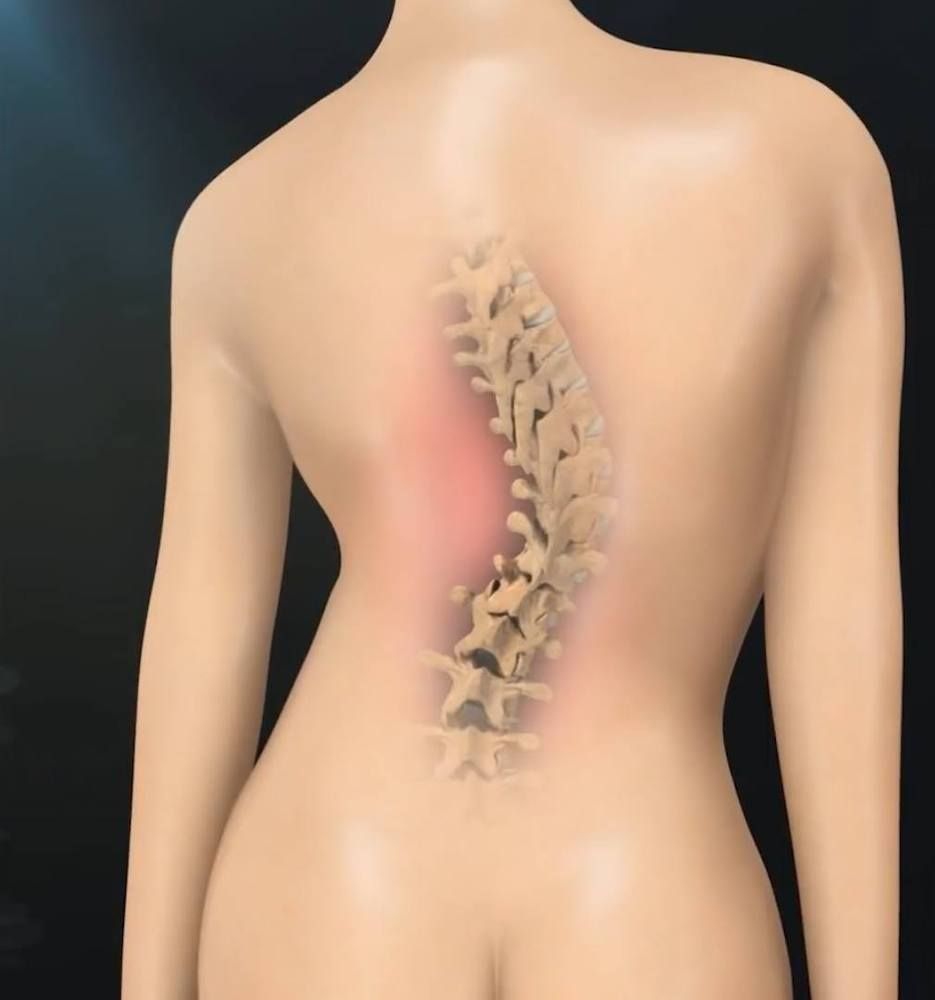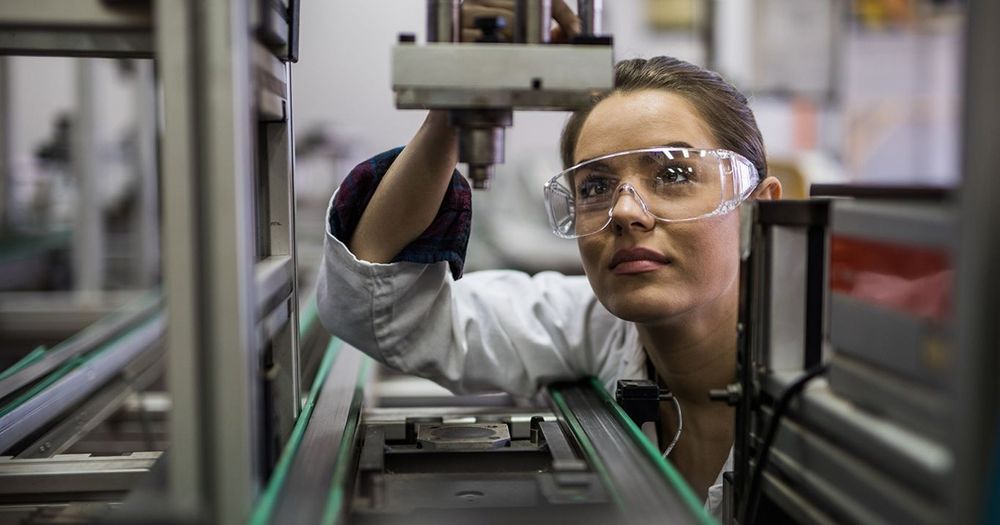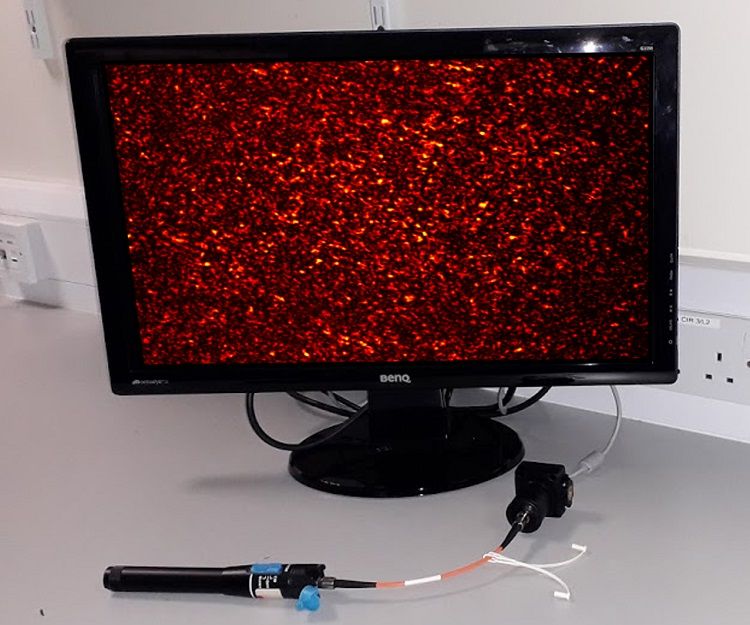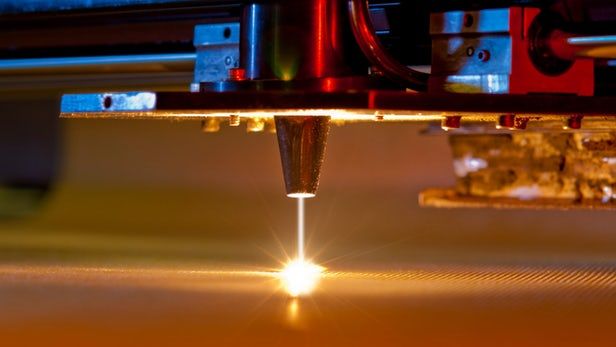Archive for the ‘innovation’ category: Page 163
Mar 22, 2019
Robots: Five ground-breaking new inventions
Posted by Genevieve Klien in categories: innovation, robotics/AI
Mar 22, 2019
Gigantic EU research programme takes shape
Posted by Derick Lee in category: innovation
Like its predecessor, Horizon 2020, the new programme will fund collaborations between academia and industry, and prestigious discovery science. But the agreement also includes some fresh ideas, including a greater focus on innovation and initiatives to help poorer nations compete for funds.
Horizon Europe will fund a mix of academia–industry collaborations and discovery science — but its proposed budget of €100 billion has yet to be agreed. European Union officials have struck an agreement on the basic structure of the bloc’s next major science-funding scheme, Horizon Europe.
Mar 21, 2019
In The Know Innovation
Posted by Paul Battista in categories: biotech/medical, innovation
Mar 16, 2019
Who invented the dishwasher, windshield wiper, caller ID? Women created these 50 inventions
Posted by Genevieve Klien in categories: engineering, innovation
On May 5, 1809, Mary Kies became the first woman to receive a patent in the United States. (It was for her technique of weaving straw with silk.)
Of course, women inventors existed before this time, but the property laws in many states made it illegal for women to own property on their own. This led some women to apply for patents in their husbands’ names if they decided to apply at all.
As of last year, only 10 percent of U.S. patent holders were women, although women account for half of doctoral degrees in science and engineering. This disparity is due in part to the U.S. Patent and Trademark Office being more likely to reject patents with women as sole applicants.
Mar 16, 2019
Pain Control in a Post-Opioid World — Prof. Peter McNaughton FMedSci — IdeaXme — Ira Pastor
Posted by Ira S. Pastor in categories: aging, biotech/medical, business, chemistry, futurism, genetics, health, innovation, life extension, neuroscience

Mar 13, 2019
Don’t adjust your sets – new research could revolutionise fiber-optic communications
Posted by James Christian Smith in categories: innovation, quantum physics
A team of researchers from the University of St Andrews (St Andrews, Scotland) has achieved a breakthrough in the measurement of lasers that they say could revolutionize the future of fiber-optic communications. They also say the wavelength meter (or wavemeter) will boost optical and quantum sensing technology, enhance the performance of next-generation sensors, and expand the information-carrying capacity of fiber-optic networks.
A team of researchers from the University of St Andrews has achieved a breakthrough in the measurement of lasers which could revolutionise the future of fiber-optic communications.
The new research, published in Optics Letters (Wednesday 6 March), reveals the team of scientists has developed a low-cost and highly-sensitive device capable of measuring the wavelength of light with unprecedented accuracy.
Mar 11, 2019
Breakthrough process welds metal and glass together using ultrafast lasers
Posted by Quinn Sena in categories: innovation, materials
Traditionally, welding has been limited to materials that share similar properties, so it’s tough to make even aluminum and steel join forces. But now, scientists from Heriot-Watt University are claiming a breakthrough method that can weld together materials as different as glass and metal, thanks to ultrafast laser pulses.
Mar 6, 2019
116 Of The Oldest Color Photos Showing What The World Looked Like 100 Years Ago
Posted by Shailesh Prasad in categories: entertainment, innovation
When you think of old photographs, you naturally think in terms of black and white, but as you can see from these stunning photographs from the turn of the 20th century, color photography has been around for a lot longer than you think.
Before 1907, if you wanted a color photograph then you (well, a professional colorist) basically had to color it in using different dyes and pigments, but two French brothers called Auguste and Louis Lumière changed all that with a game-changing process that they called the Autochrome Lumière. Using dyed grains of potato starch and light-sensitive emulsion, they were able to produce vibrant photographs without the need for additional colorization. Despite being difficult to manufacture and also somewhat expensive, the process was very popular among amateur photographers and one of the world’s first books of color photography was published using the Autochrome Lumière technique.
The brothers revolutionized the world of color photography until Kodak took things to a whole new level with the invention of Kodachrome film in 1935, a lighter and more convenient alternative that quickly made the Autochrome Lumière obsolete (although its popularity continued in France up until the 1950s). Kodachrome was also eventually overtaken by the rise of digital photography (Kodak stopped manufacturing Kodachrome in 2009), which is now by far the world’s most popular way to take pictures, but modern advances in photographic technology wouldn’t have been possible without the hard work of early pioneers like Auguste and Louis Lumière. Scroll down for a collection of stunning century-old color photographs using their groundbreaking technique.
Continue reading “116 Of The Oldest Color Photos Showing What The World Looked Like 100 Years Ago” »
Mar 3, 2019
These are the 20 most innovative countries in Europe
Posted by Shailesh Prasad in category: innovation
Published with the aim of highlighting to EU member countries the areas which they ought to focus on improving, the European Commission has released its 2018 ranking on innovation in Europe.
The commissioner for Internal Market, Industry, Entrepreneurship and SMEs Elzbieta Biénkowska commented on the rankings in a European Commission press release, saying: “The 2018 scoreboard shows again that Europe has a wealth of talent and entrepreneurial spirit, but we must do better at turning this excellence into success.”
Although Europe has managed to maintain its footing in terms of world innovation, China is fast closing the gap, with its rate of innovation growing up to three times faster than that of the EU. To produce the ranking, the Commission gives points based on a number of factors — including whether the country has an “innovation-friendly environment”, a country’s human capital, public expenditure on innovation and related investments made by private companies.
Continue reading “These are the 20 most innovative countries in Europe” »

